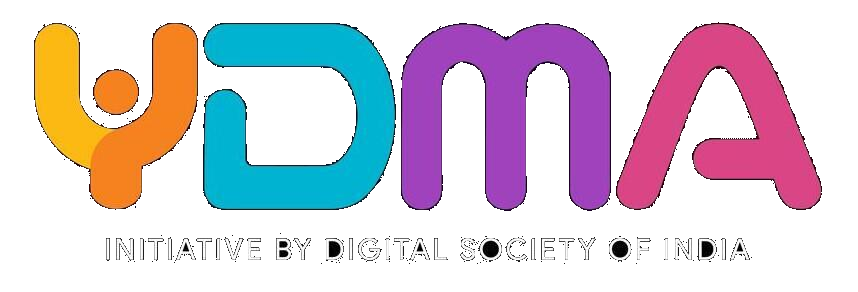
Current Cybersecurity Challenges
Written by Adesh Kumar, Head IT Infra and Security, Anand And Anand
Cybersecurity threats in 2025 are evolving rapidly, driven by technological advances and
increasingly sophisticated adversaries. Here’s a breakdown of the most pressing
concerns and trends shaping the digital threat landscape.
Cybersecurity in 2025 isn’t just about defence—it’s about resilience, adaptability, and
staying one step ahead.
Top Cybersecurity Threats in 2025
-
Sophisticated Ransomware Attacks
o Ransomware remains dominant, now often involving double extortion—
encrypting data and threatening to leak it unless paid.
o Ransomware-as-a-Service (RaaS) has lowered the barrier for attackers,
enabling widespread, professionalized criminal operations.
-
Nation-State Cyber Operations
o State-sponsored attacks are targeting critical infrastructure, defense, and
government systems to steal data or disrupt services.
o These are increasingly stealthy and strategic, requiring advanced threat
detection and cross-sector collaboration.
-
IoT Vulnerabilities
o The explosion of Internet of Things (IoT) devices has expanded the attack
surface.
o Poorly secured devices are being exploited for network infiltration and
botnet creation.
-
AI-Driven Attacks
o Threat actors are using AI to automate reconnaissance, craft convincing
phishing campaigns, and bypass traditional defences.
o AI agents capable of planning and executing attacks autonomously are a
growing concern.
-
Zero Trust Adoption
o As traditional perimeter defenses falter, organizations are shifting to Zero
Trust models—assuming no user or device is trustworthy by default.
-
Rising Vulnerabilities
o Over 30,000 vulnerabilities were disclosed last year—a 17% increase
underscoring the urgency of proactive patching and monitoring.
What Organizations Can Do
-
Implement robust backup and recovery systems.
-
Educate employees on phishing and social engineering.
-
Segment networks and secure IoT devices.
-
Invest in AI-powered threat detection and response.
-
Embrace Zero Trust architecture and continuous authentication.
Implement security controls in Anand and Anand
This documentation helps manage the implementation process, ensures all
stakeholders are aligned, and addresses potential security risks and user impacts.
We have implemented these security measures to enhance our security posture.
Access & Identity Management
• Enforce least privilege – reduce admin rights
• Disable or remove default accounts & passwords
• Centralize user identity & access control (AD management)
System Hardening & Maintenance
• Regular patch management (OS, apps, firmware)
• Apply secure configurations & hardening baselines
• Disable/remove unused software & VMs
• Enforce secure registry settings
Endpoint & Host Security
• Antivirus / Anti-malware: detect viruses, worms, trojans, spyware
• Use signature-based & behaviour-based detection
• Deploy Sophos XDR (Endpoint Detection & Response) + sandboxing
• Application whitelisting/blacklisting via AppLocker
• Maintain host software baselines
Network & Perimeter Défense
• Configure host-based & hardware firewalls
• Apply iptables/security groups for segmentation
• Use Next-Gen Firewalls (NGFWs) for HTTPS/HTTP filtering
• Deploy IDS/IPS for real-time intrusion monitoring
Logging, Monitoring & Tuning
• Centralized log repository for SIEM/SOC analysis
• Apply file integrity monitoring (Tripwire, PCI DSS checks)
• Regularly tune alerts to reduce false positives/negatives
Data Protection & Compliance
• Deploy Forcepoint DLP solutions (host-based USB, removable media)
• Deploy network-based DLP to block data transmissions
• Techniques: header matching, watermarking, encryption
• Use AES encryption for confidentiality
• Safeguard PII, PHI, trade secrets, confidential data Policy, Risk & Reputation
• Define clear data security & privacy policies
• Continuously monitor for compliance gaps
• Address risks of reputation damage from breaches
Email Security
• Implement DMARC Solution with reject (DKIM and SPF records validation)
• Implement Antispam Policy to restrict email spoofing
• Users training through email simulation.
Enforce MFA tokens
• Implement MFA on our Accops logins also through Accops app and SMS API.
• Email MFA enabled with MS Authenticator and SMS API.
• Enable MFA for all applications login through OTP on email and token in apps.

















